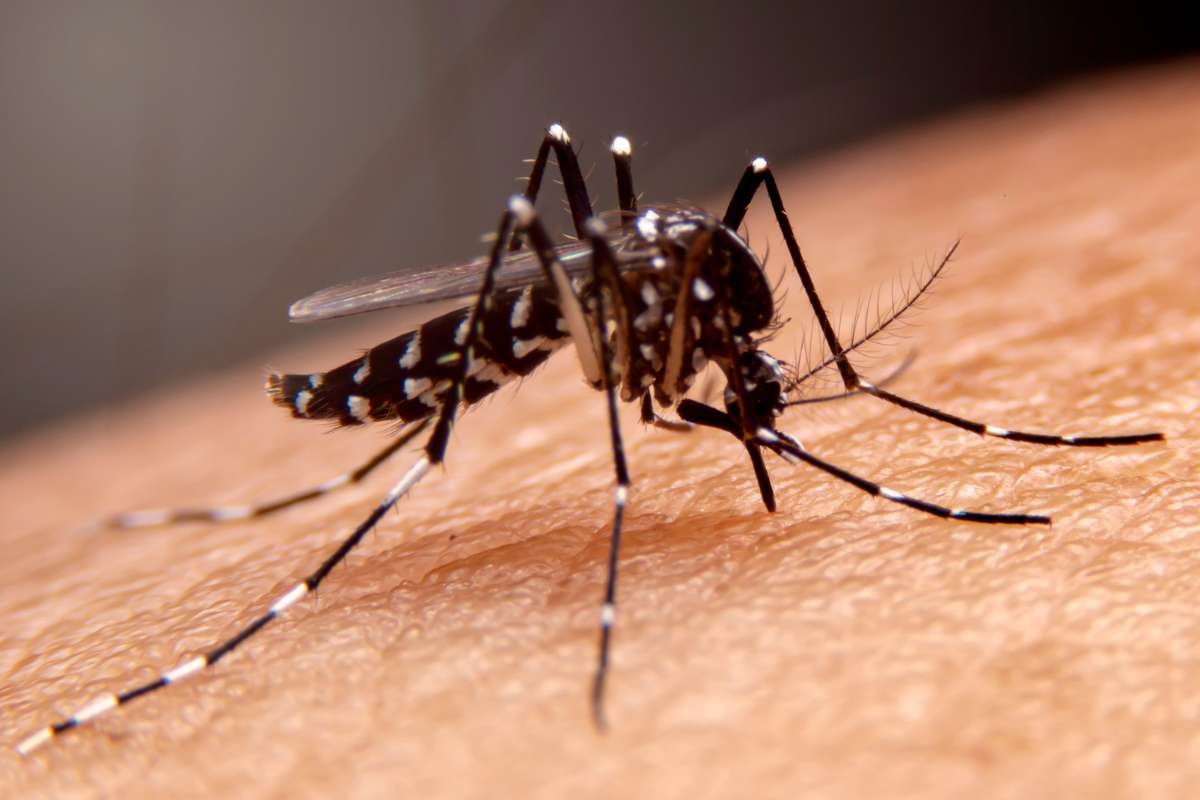Key Points:
- Autism has two genetically based paths.
- Genetics largely shapes the diagnosis age.
- Subtypes can guide better care.
The age at which children are diagnosed with autism appears to be shaped by genetic factors, suggesting that autism may consist of multiple, genetically distinct subtypes, or autism genetic subtypes. Researchers found that children diagnosed earlier or later in life followed different developmental paths, which were linked to variations in their DNA.
Autism is a neurodevelopmental condition marked by challenges in social interaction, communication, and restricted or repetitive behaviors. According to the World Health Organization, about one in 127 people worldwide is autistic.
Findings on diagnosis patterns
The study, led by Varun Warrier at the University of Cambridge, analyzed data from children diagnosed with autism between the ages of 5 and 17. Caregivers completed questionnaires about social, emotional, and behavioral development. The researchers compared this information with the children’s genetic data to explore potential autism genetic subtypes.
“What we found was that autistic people were grouped into two broad groups,” Warrier said. “One group experienced difficulties early in life that stayed fairly constant. The other had fewer challenges in early childhood but developed more in late childhood and adolescence.”
These two developmental paths explained between 10 and 25 percent of the variation in the age of autism diagnosis. Genetic analysis revealed that children diagnosed later tended to have different common genetic variants than those diagnosed earlier, accounting for about 11 percent of the variation.
Role of genetics and environment
Previous research suggested that sex and socioeconomic background affect diagnosis timing, with boys and children from affluent families more likely to be identified earlier. However, Warrier’s team found these influences to be relatively weak, explaining less than 10 percent of the variation.
The study did not examine rare genetic variants or spontaneous mutations due to limited data. Still, the findings strengthen the view that Autism genetic subtypes exist, indicating that autism is not a single condition but may represent several related forms.
“This really provides support for the idea that autism is actually potentially multiple conditions,” said Natalie Sauerwald of the Flatiron Institute in New York, who was not involved in the study.
Sauerwald emphasized that the two groups were not completely separate. “You have overlap between the groups, probably because they’re not perfectly separable,” she said.
Broader implications for research
Warrier noted that children diagnosed later often carried genetic variants linked to other conditions, such as attention-deficit/hyperactivity disorder (ADHD) and post-traumatic stress disorder. Sauerwald’s own research earlier this year identified four moderately distinct groups of autism with unique genetic and behavioral profiles, and she also reported a connection between late autism diagnosis and ADHD.
Despite these associations, researchers caution against viewing one group as having milder or more severe autism. Instead, they see the condition as existing along a spectrum with overlapping features.
Understanding Autism genetic subtypes can improve diagnostic practices and support services. “That can only lead to improvements in the quality of life for individuals – when we can better understand their condition, and how to help them, and what it is that they need exactly and what they don’t need,” Warrier said.
As research continues, scientists hope that identifying distinct Autism genetic subtypes may lead to more personalized approaches to diagnosis and care for autistic individuals.
Visit more of our news! The Lifesciences Magazine







